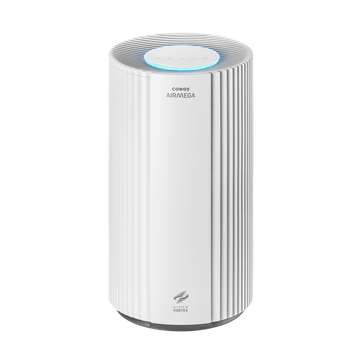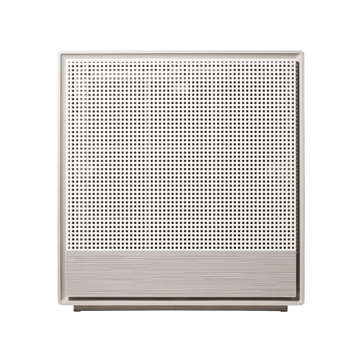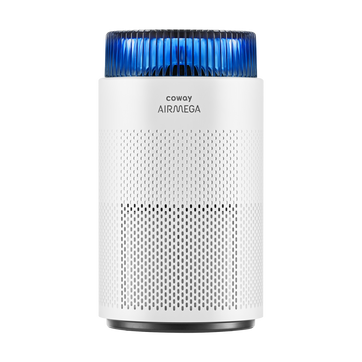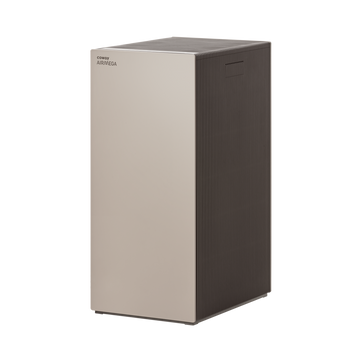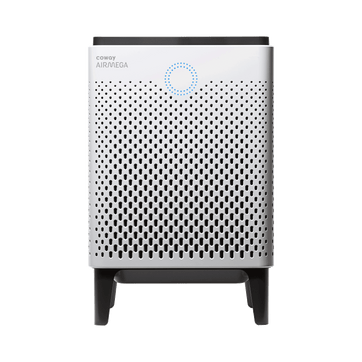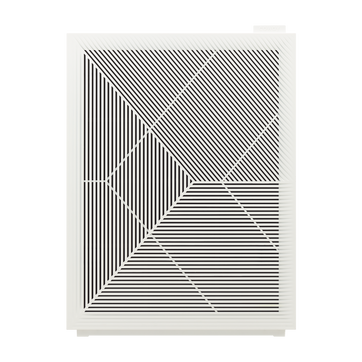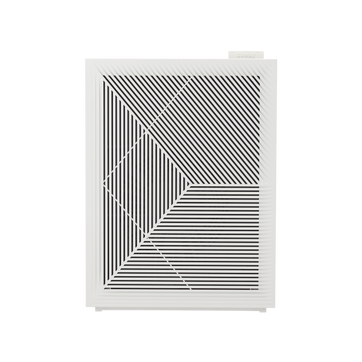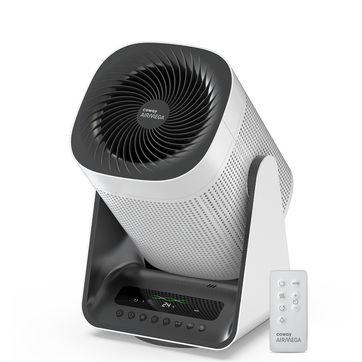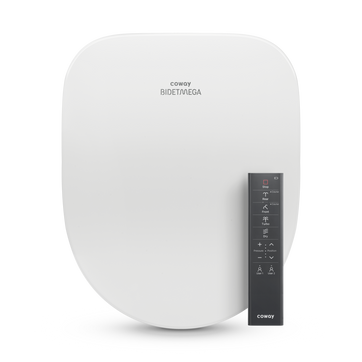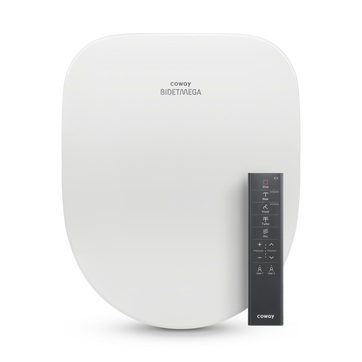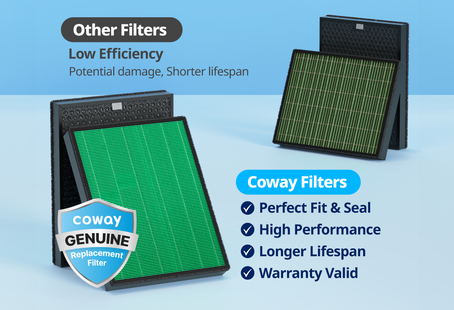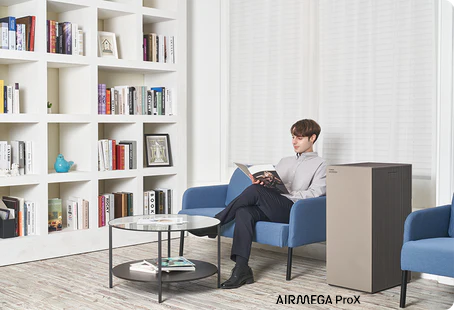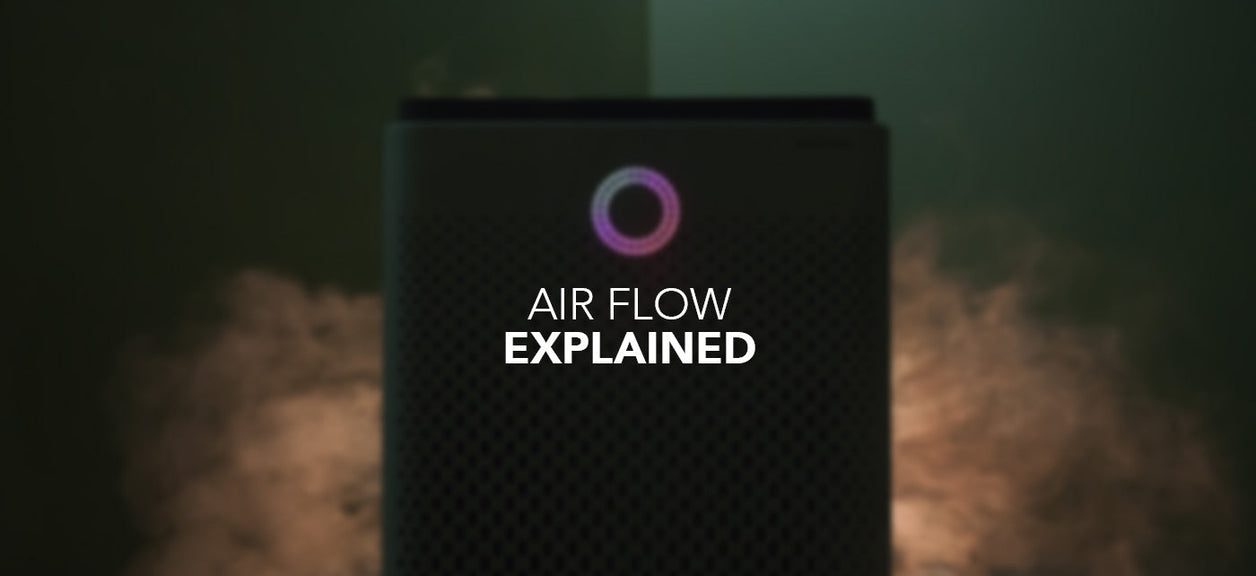
What is air flow?
For most home appliance or electronics purchases, we know what specs are important. Is this TV high-def or 4K? What’s the capacity of this refrigerator? How much water does this washing machine use per load? For air purifiers, however, the facts and figures might not be as clear.
At the same time, having high-quality indoor air is important for both short- and long-term health, as well as managing conditions like asthma and allergies. So understanding what’s important in a purifier is just as — if not more — important than making sure that new fridge has adequate crisper drawer storage. Aside from choosing a model with a high-quality filter, a unit’s air flow stats are of vital importance to its performance. Here’s what you need to know:
Okay, you’ve got my attention. What is air flow?
Air flow is the rate at which air runs into a purifier in a given period of time. Generally, flow rate is measured in cubic feet per minute (CFM). The primary factor that determines a purifier’s air flow rate is the strength of its fans, which are responsible for pulling air into the unit and through the filters. The more “dirty” air a purifier can ingest, the better it will be at sending clean air back into the room.
Makes sense, but is air flow a spec I can look for on a box?
Not necessarily. Most commonly, what you’ll see advertised are a purifier’s coverage area (that is, how large of a space its fan, or fans, can reach) and air changes per hour (ACH). Think of ACH as the speed of an air purifier. Take the Airmega 400S as an example: Thanks to its dual fan system (there’s one on either side of the unit), it’s able to cover rooms up to 1,560 square feet, and can cycle through all the air in that space twice in one hour. In a room half the size, it can clean the air every 15 minutes.
Is that good?
In a word: Yes. At minimum, experts suggest purifiers have an ACH of four cycles per hour. Those suffering with serious allergies may need to up the ante to two cycles per hour, or invest doubly in purification to make up the difference.
Disclaimers
1Coway air purifiers has been proven to trap dust, pollen, dander, viruses and bacteria in the air based on KCL (Korea Conformity Laboratories) testing.They have been tested in a 30㎥ size chamber according to the Korea Air Cleaning Association standard (SPS-KACA 002-132:2022 Modified) to measure the 0.01㎛ size of particle removal rate. It was tested on maximum airflow speed in normal room temperature and humidity conditions. The performance may vary in the actual living environment of customers.
→ Tested with Airmega Aim, 150, 160, AP-1216L, AP-1512HH, AP-1512HHS, 200M, Icon, IconS, 230, 240, 250, 250 Art, 250S, 300, 300S, 400, 400S, ProX
299.97% of viruses, bacteria, fungi and pollen were verified to be removed from the air for Coway air purifiers which have Green True HEPA™ filter applied based on the Japan Food Research Laboratories(JFRL) testing according to JEM 1467 standard.
→ Tested with Coway Airmega AP-1512HH, AP-1512HHS, 250, 250 Art, 250S, 300, 300S, 400, 400S
→ All tested by JFRL and received above result within below time.
All tested by JFRL and received above result within below time.
- Virus: Tested with Escherichia coli phage ΦX174 NBRC 103405, 60 minutes
- Bacteria: Tested with Staphylococcus epidermidis NBRC 12993, 60 minutes
- Fungi/Mold: Tested with Penicillium citrinum NBRC 6352, 60 minutes
- Pollen: Tested with Cedar Pollen extract, 60 minutes
3Aerosol test conducted in a Biosafety level 3 laboratory with two Coway air purifier models, Coway Airmega 250 and 400 for removal of SARS-CoV-2 Aerosol by US based MRI Global, a not-for-profit laboratory and partner of US Department of Defense. The test was conducted in a 13.1ft3 chamber. Virus was aerosolized for 15 minutes and the product was turned on high for 2 minutes. Result showed each product effectively removed over 99.98% of the SARS-CoV-2 in 2 minutes. This is a result from a laboratory experiment condition and result may vary in different conditions. This result does not imply it kills SARS-CoV-2 or prevents the transmission of Covid-19. Coway Airmega 250S and 400S are identical to the tested models and has equal performance with an additional mobile connectivity function.
4The concentration of ammonia, acetaldehyde and acetic acid were proven to be removed within 30 minutes by FCG Research Institute, Inc. Human Life Science Lab. It is not a demonstration result in the actual use space. Not all odors and gases may be supported. → Tested with Coway Airmega 150, 160, AP-1512HH, AP-1512HHS, 400, 400S
5The coverage area of the air purifier is based on an area where the air cleaner can make two air changes per hour (ACPH). An air change per hour translates to how many times an air purifier can clean an area, assuming the height of a ceiling to be 8 ft, in one hour. Therefore ** means two air changes per hour means that the cleaner can clean the area once every 30 minutes and * means air changes per hour means that the air purifier can clean the area once every 60 minutes.
10Terms and conditions apply. Discounts, including promotions, coupons, bundle discount and subscription discount, cannot be stacked on top of other coupons. During promotional periods, discount codes will not be able to be applied to orders. Promo codes may apply to products only—filters, accessories, and new products within 3 months of the release date are not included.
